Wow! Hubble Telescope does it again, captures stunning globular star cluster
Hubble Telescope continues to impress despite the new kid in town, James Webb Space Telescope. Now, NASA's old Hubble Space Telescope has captured a stunning globular cluster of stars.
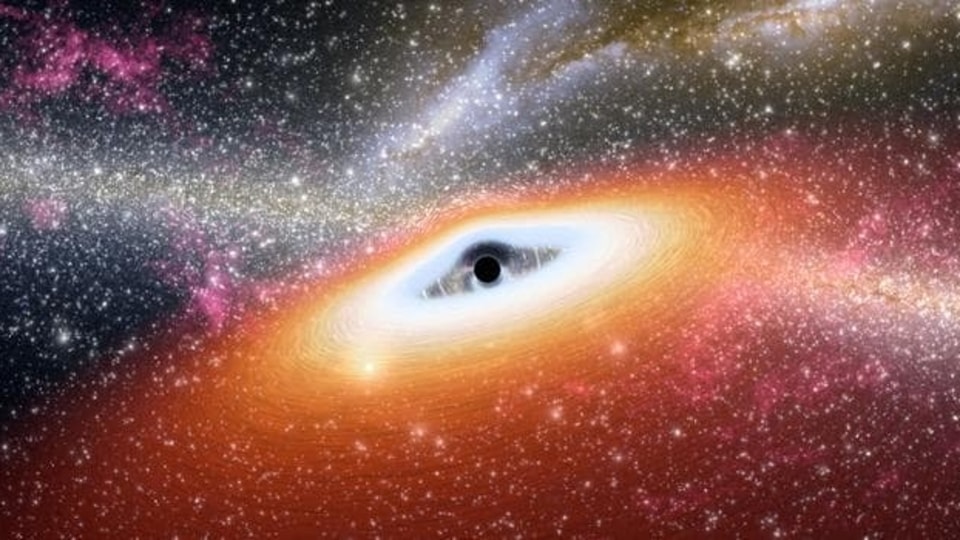
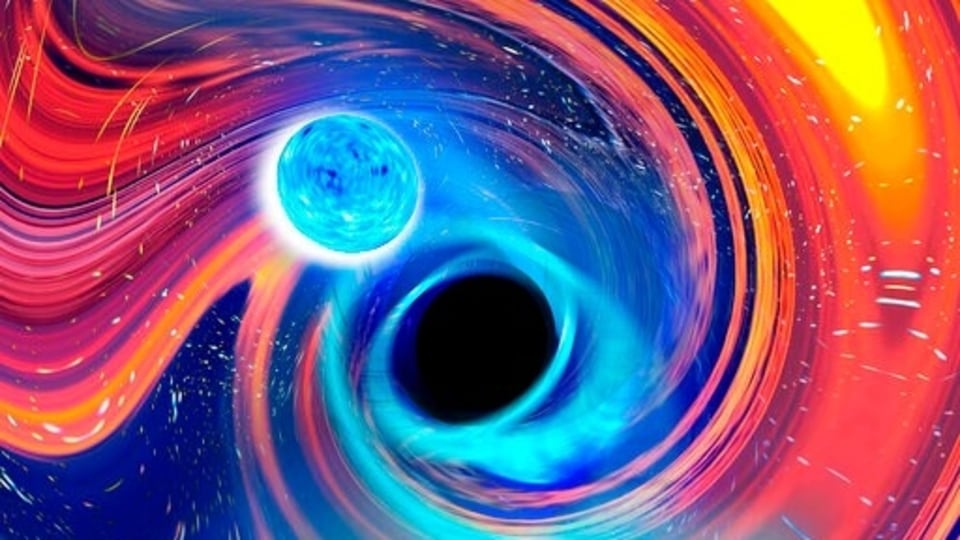

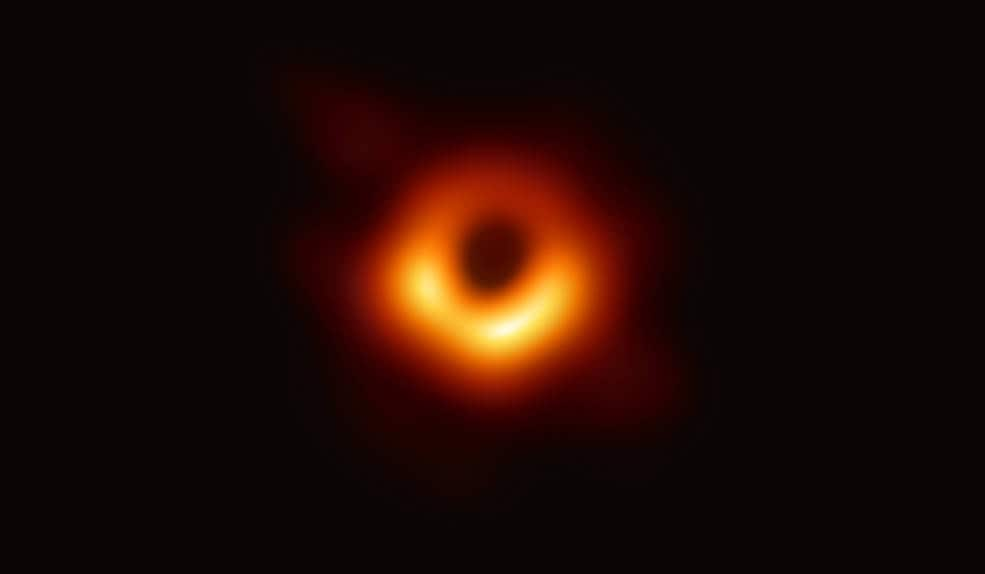
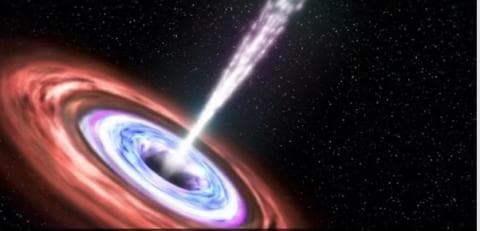
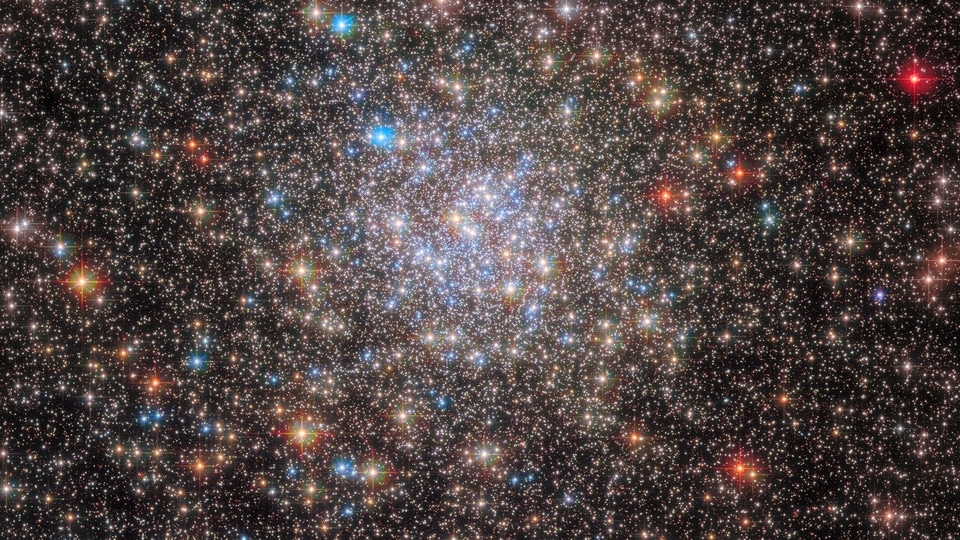
 View all Images
View all ImagesAlthough the brand-new James Webb Space Telescope has recently captured some incredible images of celestial events, the Hubble Space Telescope has once again proved that it even though it may be old, it is still capable of capturing breathtaking images. Hubble Telescope has just captured a mesmerizing image of a scattered cluster of colourful stars. The image was released by NASA on their website, which co-manages the Hubble Space Telescope along with the European Space Agency (ESA).
The Hubble Telescope has yet another feather in its cap by capturing a galactic globular cluster that resides in our Milky Way galaxy's inner regions. This star cluster is called NGC 6355 and it is located around 50,000 light-years from Earth, in the constellation Ophiuchus. The image was captured with the help of Hubble's Advanced Camera for Surveys and Wide Field Camera 3. The Advanced Camera for Surveys (ACS) was primarily designed to survey large areas of the sky at visible and red wavelengths with 10 times greater efficiency than the earlier premier Hubble camera. It has certainly proved fruitful as most of Hubble's images have been captured by the ACS.
What is a Globular star cluster?
According to NASA, Globular clusters are stable, tightly bound groups of tens of thousands to millions of stars that are associated with all types of galaxies. Their dense populations of stars and mutual gravitational attraction give these clusters a roughly spherical shape that holds a bright, central concentration of stars surrounded by an increasingly sparse sprinkling of stars.
Did you know?
Stars are the most widely recognized astronomical objects, and represent the most fundamental building blocks of galaxies. They are celestial objects millions of years old floating in space. The older and bigger the star, the brighter it appears. They are formed in star-forming regions called Nebulae. The makeup of a Nebula consists of gases, mainly hydrogen and helium. After formation, many stars form groups from the same Nebula, which is known as a Star Cluster.
According to NASA, Star clusters can contain as few as ten stars or as many as millions of stars.
Catch all the Latest Tech News, Mobile News, Laptop News, Gaming news, Wearables News , How To News, also keep up with us on Whatsapp channel,Twitter, Facebook, Google News, and Instagram. For our latest videos, subscribe to our YouTube channel.
































